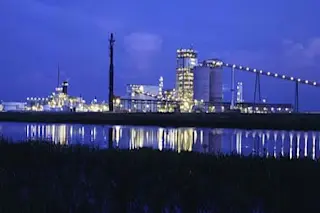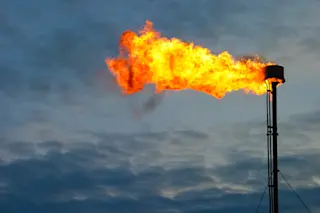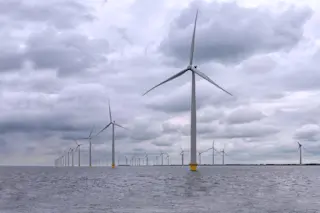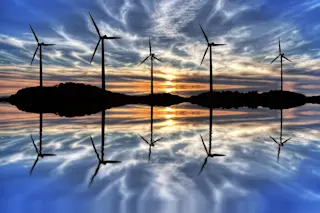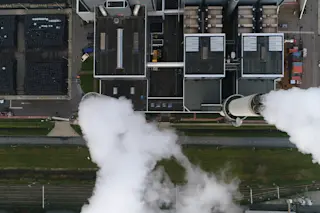On a steamy, torpid summer morning in Florida, the Polk power plant is performing a small feat of modern alchemy. Every hour it converts 100 tons of the dirtiest fuel on the planet—coal—into 250 million watts of power for about 56,000 homes and businesses around Tampa. The alchemy part? Vernon Shorter, a tall, bluff consultant for the Tampa Electric Company (TECO), points to a looming smokestack. "Look at the top of that stack," he shouts over the cacophony of generators and coal-grinding machines. "That is the main emissions source. You can't see anything. You don't even see a heat plume."
He's right. No smoke mars the lazy blue Florida sky. The Polk plant captures all its fly ash, 98 percent of its sulfur—which causes acid rain—and nearly all its nitrogen oxides, the main component of the brown haze that hangs over many cities. Built to demonstrate the feasibility of a ...


